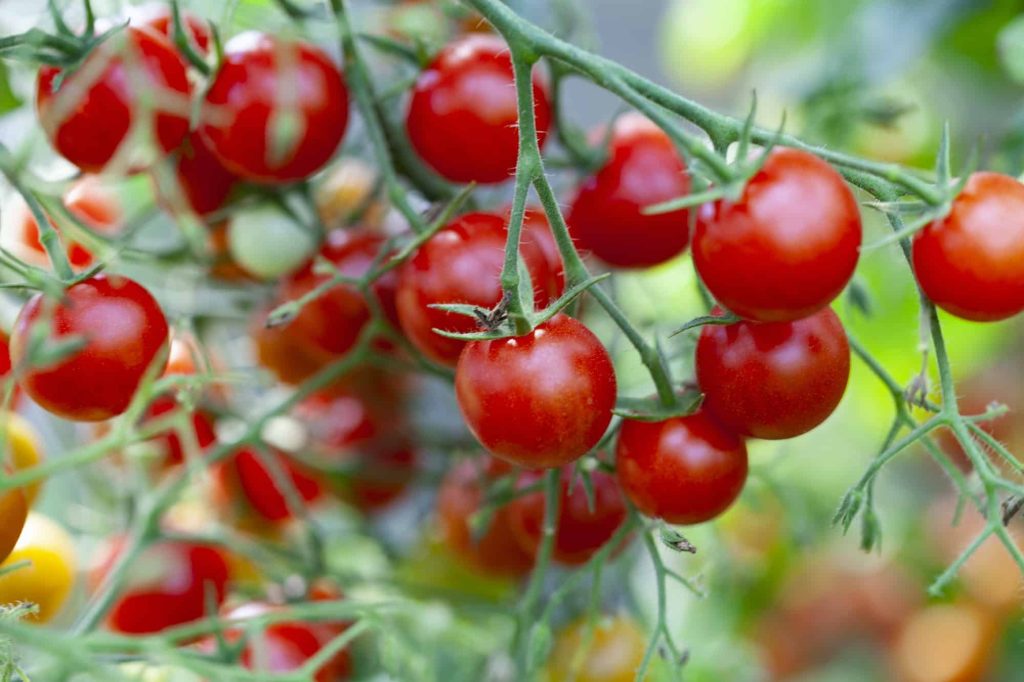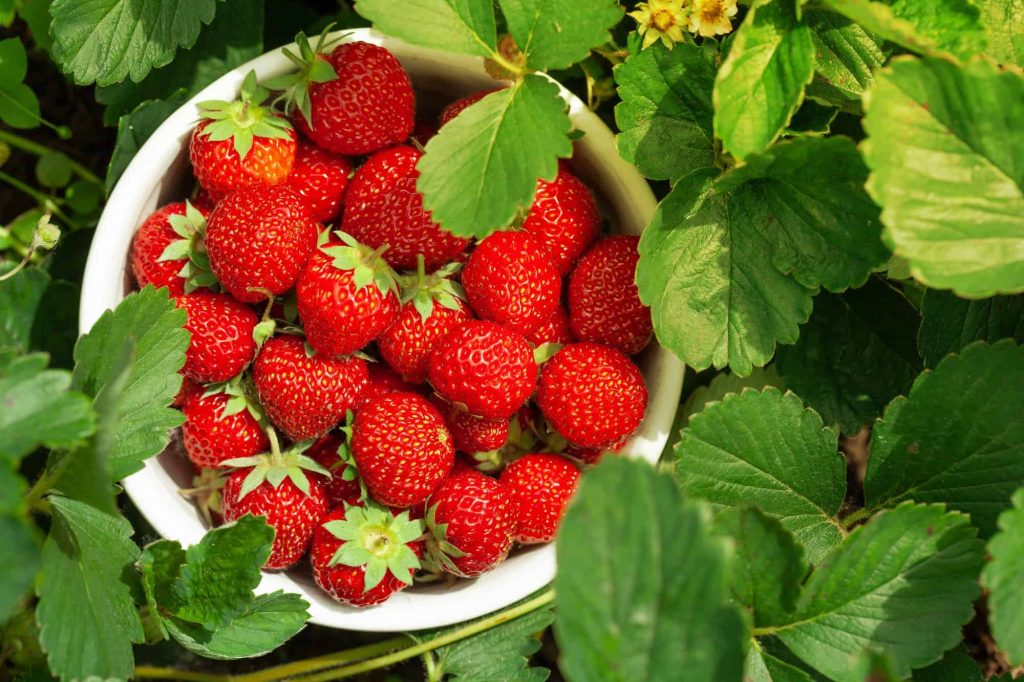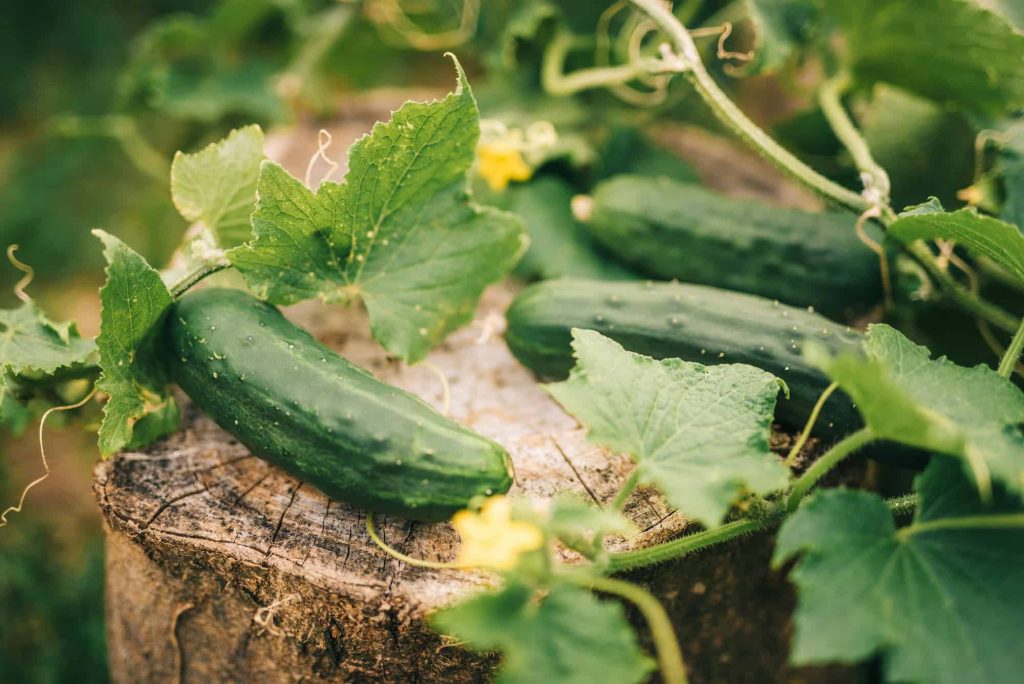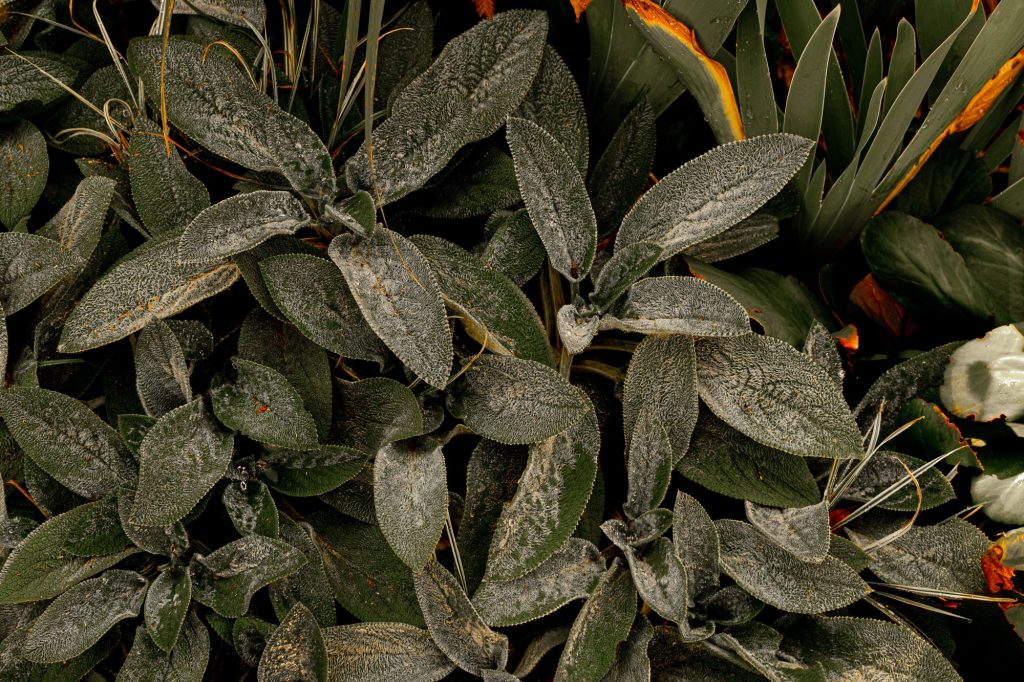When considering herbs to grow in your garden, include sage in your list of herb plants to cultivate in your yard. Sage is beneficial to a wide range of plants, but that isn’t the only reason to include it in your garden. Planting sage in your garden will keep it healthy and pest-free.
When planted in your garden, sage is one of the perennial herbs that will self-reproduce. Sage can boost the growth of other plants, deter pests, and encourage pollination. It will save you money on pesticide purchases. It also has therapeutic benefits and complements meals beautifully, imparting a delicious flavor.
Companion planting aids in the development of your plant’s maximum potential. Keeping it healthy and disease-free. Sage may be gathered in a short amount of time and germinate in 14 days. It attracts pollinators, which pollinate the flowers of other plants in the same container.
To experiment with your garden, you need to learn more about the plants that can benefit from sage.
10 Best Sage Companion Plants
Sage should be allowed to flower because it is during this stage that other plants benefit the most. If the wrong plants are used to cultivate it, it can turn into a shrub. Companion planting will teach you about the types of plants that will benefit from it, as well as keep them from becoming invasive.
1. Carrots
An unrefrigerated carrot can deteriorate or rust in as little as 3-5 days. This lowers its yield and renders it unfit for human consumption. Carrots and sage pair well together in your garden. By releasing a pungent odor, sage helps to prevent carrot rot and keeps pests at bay. When you nurture your carrots with sage, the flavor of your carrots will improve, and you’ll have a successful carrot harvest.
2. Parsley
Parsley is a herb that goes well with sage. Your sage plant will not be harmed by it; rather, it will profit from its pollination ability. Grow your parsley plant with sage to boost its pollination.
3. Tomatoes

As a gardener, you should reconsider pairing tomatoes with any other plant because they are vulnerable to pests that can affect other plants. However, if you grow it with healthy companion herbs like Sage, this risk is lessened. Sage can aid in the elimination of pests such as hornworms. Borage is another plant that aids in the control of hornworms in tomatoes. If you grow the three plants together, you’ll get the best results. When combined with cilantro, sage repels spiders and attracts pollinators to your tomato plant.
4. Brassica Plants
Cabbage moths and maggots attack vegetables like kale, cabbage, and cauliflower, which are members of the brassica family. Brassicas have nutritious leaves that are used in cooking, but pest infestations can diminish their yield and make them unfit for consumption. Planting sage alongside brassicas, on the other hand, will keep these pests away.
5. Thyme
By now, you should be familiar with this herb. Thyme goes nicely with a variety of plants, including herbs such as Sage. It has pest-repelling capabilities and provides more benefits to nearby plants than it receives from them. It grows in a similar way to sage and is completely harmless.
6. Rosemary
Rosemary is one of the few herbs that doesn’t go well with other herbs, although Sage is an exception. Rosemary prefers sandy soil like sage, and the two will complement each other beautifully in your yard. They both emit odors that repel pests while also providing a pleasant scent to your garden.
7. Beans
Beans are listed as companion plants for many herbs, vegetables, and fruits. It’s because of its ability to replenish nutrients in the soil while also providing shade to plants that require it. Pole is a fantastic sage partner, but it’s important to remember that its proximity to sage can limit its growth. As a result, keep them a few meters away from Sage while planting them.
8. Strawberries

Strawberries, like every other plant, have a distinct pest that destroys them. Slugs wreak havoc on strawberries, but when they’re planted with sage, they will no longer be a problem. When you grow sage near your strawberry plants, the quality of the fruit will improve.
9. Oregano
Companion plants with similar growing conditions go well together on the patch. Oregano is an example of these herbs. It will thrive in the same conditions as your sage and is regarded as a nice companion.
10. Nasturtium
Have you ever seen a flowering nasturtium in a garden? Nasturtium will add color to your yard while also repelling whiteflies that can harm your sage.
What Not To Plant With Sage
Sage is a beneficial herb for many plants, but it also has some species that can hurt it. Therefore you must avoid cultivating it with plants that flourish in fertile soils. Find out which plants you should avoid growing with sage in the subsequent paragraphs
1. Fennel
Fennel doesn’t go well with several plants in the garden. Many plants are stunted by the toxins released by fennel. It will make your sage unhealthier and hasten the flowering stage, which will limit its growth.
2. Cucumber
Although Sage aids the growth of other plants, it will hinder the growth of cucumbers. Cucumber’s flavor will be ruined, and it will be exposed to harmful pests if planted with sage.

3. Rue
Rue is one of the plants that should never be found with Sage on your patch. It harms its growth and doesn’t go well with herbs like basil. These two herbs should never be planted together.
4. Wormwood
Wormwood will attract whiteflies to your sage plant. Your sage can be harmed by whiteflies. Another plant that repels whiteflies is the nasturtium. Keep your sage herb away from wormwood.
5. Allium
Alliums companion well with other plants but not with sage. They are moisture-loving plants whereas sage will not do well in a moist environment. It thrives well in dry and sandy soil.
Sage Companion Planting Guide
Here are some of the best tips to have in your arsenal when practicing companion planting with sage.
- Grow your sage herb indoors before transplanting it to the garden bed
- Make sure the seed depth is about 1/4 inches
- Sage thrives well in dry conditions so ensure you expose it to direct sunlight
- Irrigate your sage herb weekly
- Sage can regrow on its own because it’s a perennial herb, but you should replant it personally for productivity
- Regulate the soil temperature to 60-70 ° F for a healthy plant
- Make sure you prune the herb to a height of 12-30 inches.
Does sage spread in the garden?
Sage can spread in your garden. The Mediterranean form of sage spreads swiftly in your yard if you supply it with the appropriate growing conditions. As a result, it’s best to grow this particular species in a container.
Do all sage plants flower?
Some sage herbs are perennial, while others are annual. This means that depending on the variety, some may flower while others may not. The colors of sage herbs can be used to distinguish them. Not all sage plants are edible. Those that don’t flower can’t serve culinary purposes.
Is Sage an invasive plant?
Plants with strong roots that can stifle the growth of other plants are known as invasive plants. The Mediterranean sage is the only invasive kind of sage, and it can grow as deep as 3 feet.
How do you know when Sage is ready to harvest?
When sage flowers, you know it’s time to harvest them. Sage herb blooms quickly after planting, and this is when it tastes its best.
Does sage plant like the full sun?
Sage enjoys dry conditions and thrives in well-drained soil. If you’re growing it in the garden, make sure it gets enough direct sunlight. When it is grown indoors, the same instructions apply.
Does sage grow back every year?
Perennial plants regrow and sage self-reproduces. However, to have the highest yield, it is recommended that you replant it yourself.
Why is my sage dying?
It’s possible that you planted your Sage in fertile soil or exposed it to too much moisture, which is why it’s dying. In a damp climate, sage will not grow.
Is sage a good companion plant?
Because of its pest-repelling properties, sage pairs well with numerous plants, and it aids in the flowering of other plants by attracting pollinators. It can serve as a border for flower beds because it can grow into a shrub.
Are sage and rosemary good companion plants?
Rosemary is a great partner for sage. They need the same conditions to flourish, and they help each other grow.
Can you plant lavender and sage together?
Lavender grows nicely in the same conditions as sage, so they’re a good match in the garden.
Can basil and sage be planted together?
Basil is one of the herbs that should not be grown together with sage. It requires frequent watering to grow, whereas sage will die if exposed to wet soil.
Conclusion
Sage is a simple plant to grow and maintain. Start by growing it indoors, preferably in a container, before transferring it into the garden to ensure adequate growth monitoring. To increase the yield and quality of your sage, grow various vegetables and herbs with it.
Never forget that sage can save you money on pesticides by acting as a natural insecticide.
More companion planting:

